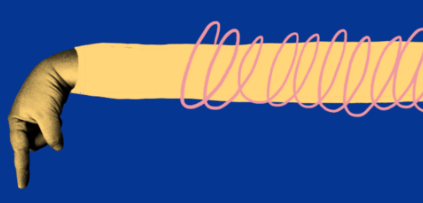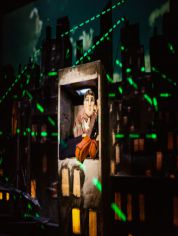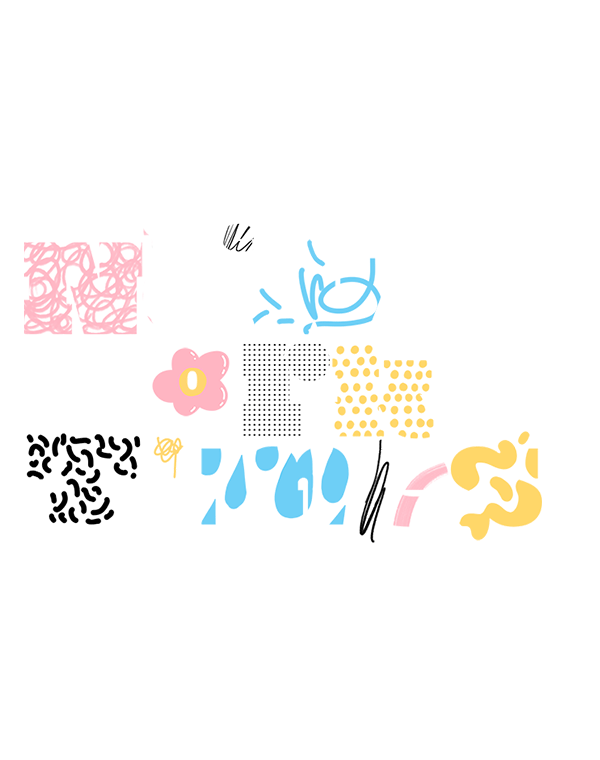

The Paper Hat Game
Opening Night: June 22, 2016
Closing: July 17, 2016
Theater: 3LD Art & Technology Center
The Paper Hat Game tells Scotty Iseri’s true story of his adventures (and misadventures) as whimsical prankster “The Paper Hat Guy” through the language of Toy Theater and projection. The hero of this visual kaleidoscope has a simple game: handing out paper hats on the subway with the intention of bringing a bit of childlike joy to daily commuters. But even heroes fall on hard times, and despite the Paper Hat Guy’s daily attempt to brighten the city, the city isn’t always able to reciprocate. Torry Bend transforms this almost-true story into a constantly shifting landscape of city life.
BUY TICKETSREAD THE REVIEWS:
June 26, 2016
As any veteran urbanite can tell you, cities heave and swell, bend and buckle; they can go eerily placid and then rise up again to slap you down, just as a restless ocean does. Such is the tumult summoned with serious style and playful inventiveness by Torry Bend in “The Paper Hat Game,” the mixed-media puppet show that recently opened at the 3LD Art and Technology Center in Lower Manhattan. This enchanting, sui generis toy theater piece provides a multilayered, multidimensional portrait of a Chicago in perpetual upheaval and a man who is nearly crushed by it. That beleaguered soul, embodied by a jointed puppet of laborious gait and Promethean aspiration, was inspired by episodes in the life of Scotty Iseri, an app designer and web series creator who decided to distribute paper hats, fashioned from newspaper, to riders on the Chicago subway. His intention was apparently to introduce childlike joy and spontaneity into daily robotic drudgery. To merely describe such antics would seem to warn of heavy whimsy ahead. And readers of this review who are allergic to feel-good preciousness may already have moved on to the latest “Game of Thrones” recap. But “The Paper Hat Game,” a coproduction of 3-Legged Dog and the Tank, turns out to be made of sterner stuff. Its intricately rendered images are less evocative of airy, pastel dreams than of the brooding, waking nightmares that descend upon city dwellers when the world they inhabit threatens to close in and bury them. This vision, with which celebrated depressives such as Franz Kafka and Edgar Allan Poe might have sympathized, is achieved through a thoroughly disorienting medley of means. Puppets of two and three dimensions (designed by Aaron Haskell) move around a cityscape in which perspective and proportion are subjected to unending flux. Trains of subway cars expand to the size of leviathans and then shrink to the slenderness of a garter snake. Windows in tenement buildings are seen as both pinpricks of light and alarmingly open minitheaters that leave the occupants behind them on ominous display. The city itself becomes a sun-dappled, undulating skyline, an aerial-view archaeological map and a living graveyard. The look here suggests both the American Ashcan painters of the early 20th century and their Expressionist confreres overseas. The effect, as in such works, is of a place both suffocatingly overcrowded and bleakly isolated. This is a world in which you can feel smothered by human density and as lonely as a cloud at the same time. Similarly, the people who inhabit Ms. Bend’s Chicago are sometimes presented as forbiddingly stiff statues, evoking pre-Columbian effigies, and at other times in forms as contemporary as a selfie. Racquel Salvatella de Prada has designed video projections of everyday people who show up in the interior subway sequences. These are not your average try-this-at-home videos. For one thing, they are presented in photo-motion animation, which makes their subjects as discontinuous in their movements as the puppets are. And it is not always possible to separate the photographic images from what they are projected upon. At one moment, we appear to be looking downward at the legs of travelers seated on subways, when those anatomical parts are transformed into entire miniature people. Most of them, by the way, are wearing paper hats, which we have just seen created in real time by real hands, which in turn have introduced themselves onto the stage — roughly the size of a classroom aquarium. The hands are meant to be those of our hero, whose line of vision we have temporarily assumed. Seated amid discarded newspaper pages, he has begun creating hats from this detritus and offering them to fellow subway riders whose reactions vary from delight to suspicion. (We are allowed to hear their thoughts.) You might expect this sequence to be the play’s exultant climax. But our hero has miles to go before he relaxes. Not long after, we find his puppet self (or one of them) trudging through a deserted neighborhood. Human hands are thrust onto the stage again, but this time with far less benign consequences. The following vignettes, which show the hat maker returning to and burrowing down in his apartment, are shuddery studies in sensory overload, reminding us how it’s possible in a big city to feel at once claustrophobic and agoraphobic. And wait until you see what Ms. Bend does with a subway tunnel in which our hero winds up, clutching an iron (yes, the kind you press clothes with) that has itself been subjected to “Alice in Wonderland” shifts of scale. “The Paper Hat Game” has been assembled by a team that includes Colbert Davis and Matt Hubbs (the nerve-plucking sound design), Jeanette Oi-Suk Yew (the melting lighting) and five puppeteers. What they create during the timeless 50 minutes of the show’s duration is rather like a magically charged version of the hat from the title: an unexpected mitzvah that shakes the urban blinders off our eyes and forces us to see the uncanny beauty and terror of where we live.
READ THE REVIEW


















